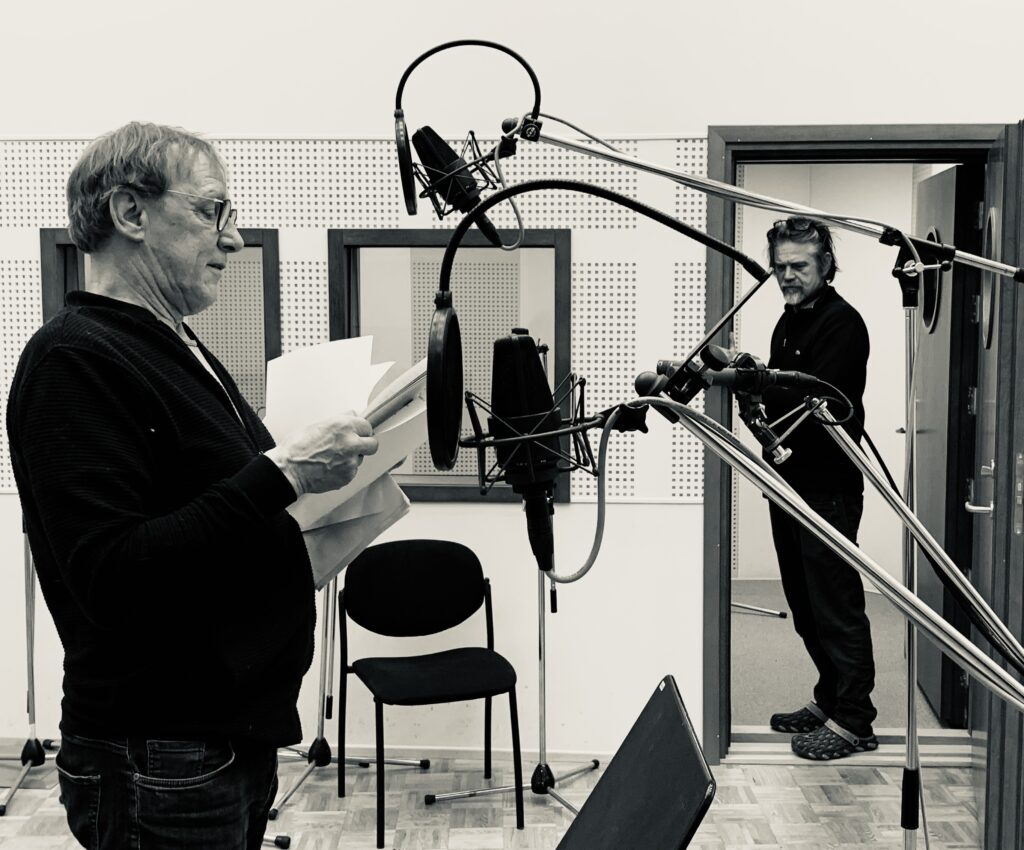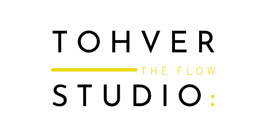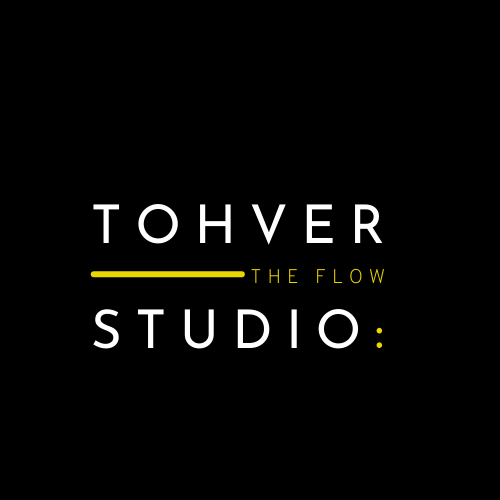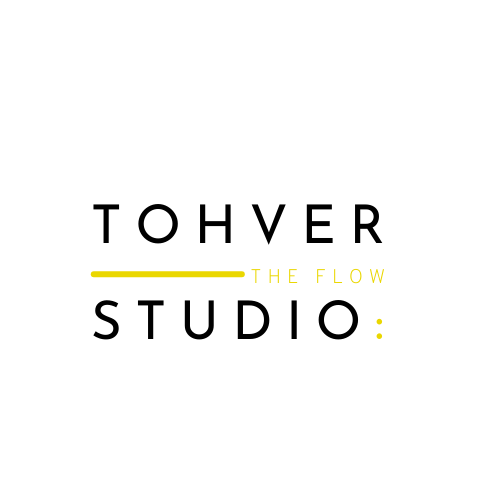Acoustic Sign in Audio Language
A connection has been sought between the created sound image (sign) and the emotion arising in the listener. That is how imagination and inspiration work. Tamur Tohver, MA, Estonian Academy of Music and Theatre 2003
So far, the semiotics of audio art has been discussed somewhat diffusely. The theoretics of this field are primarily practitioners whose written works have been based, above all, on the need to find a framework for what they are doing and thereby maintain the continuity of audio art. In practice, this also means, of course, getting the corresponding writings as teaching materials as far as continuity is concerned in the training of the successors. In this work, I will quote some of them directly or indirectly related to the symbolic nature of audio language. This is also what Heather Purdey wrote in 1989: “…the whole radio industry is crying out for competent, skilled people to work within it in the future.”(Purdey, H. Training for broadcasters. Radio, issue 1, October 1989 / 30)
The research aims to prove that the acoustic sign exists and that it is possible to interpret it. If this statement is proved, we can state that the audio language can convey a message and be interpreted into other “languages”. Thus, audio art also exists as an art form among equals.
This research has two tangible outputs.
First, it offers support to practitioners interested in the statements below in a purely theoretical and applied sense (if a sequence of acoustic signs forms an ambiguous audio language, then how to create and use these signs to convey a message consciously).
Secondly, it helps listeners interested in getting a higher and more profound experience through audio art to understand better the nature and message of audio art in the daily avalanche of multimedia (how to find and interpret these signs). In other words: what to listen to?
The work consists of two parts. First, we found out what role and connections sounds create in our worldview more generally and what an acoustic sign and an audio language are. The second part is more specifically dedicated to reading and creating audio language.
The research method has been the creation of experimental performances in the period 1995-2001 at ER Radio Theatre. In these productions, first of all, a connection has been sought between the created sound image (sign) and the emotion arising in the listener. Then, based on the received feedback and practical experiences, I have explained the underlying and application theory of the processes mentioned above in this work.
You may develop your craft endlessly.
One day you'll be on top. How and where to for next?
Crafts are not enough.
You are enough.
Expand your Self.

Flow is a state of concentration so focused that it amounts to absolute absorption in an activity.
It is easy to reach one, an achievement is to stay in one.
Tamur's Flow
Tamur's Craft



